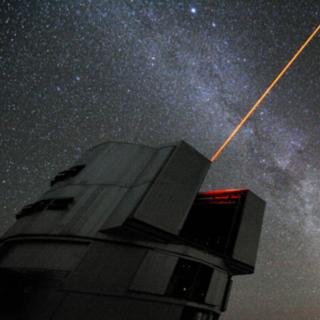Bibcode
Jablonka, P.; North, P.; Mashonkina, L.; Hill, V.; Revaz, Y.; Shetrone, M.; Starkenburg, E.; Irwin, M.; Tolstoy, E.; Battaglia, G.; Venn, K.; Helmi, A.; Primas, F.; François, P.
Bibliographical reference
Astronomy and Astrophysics, Volume 583, id.A67, 21 pp.
Advertised on:
11
2015
Journal
Citations
80
Refereed citations
74
Description
We present the high-resolution spectroscopic study of five -3.9 ≤
[Fe/H] ≤ -2.5 stars in the Local Group dwarf spheroidal, Sculptor,
thereby doubling the number of stars with comparable observations in
this metallicity range. We carry out a detailed analysis of the chemical
abundances of α, iron peak, and light and heavy elements, and draw
comparisons with the Milky Way halo and the ultra-faint dwarf stellar
populations. We show that the bulk of the Sculptor metal-poor stars
follow the same trends in abundance ratios versus metallicity as the
Milky Way stars. This suggests similar early conditions of star
formation and a high degree of homogeneity of the interstellar medium.
We find an outlier to this main regime, which seems to miss the products
of the most massive of the Type II supernovae. In addition to its help
in refining galaxy formation models, this star provides clues to the
production of cobalt and zinc. Two of our sample stars have low
odd-to-even barium isotope abundance ratios, suggestive of a fair
proportion of s-process. We discuss the implication for the
nucleosynthetic origin of the neutron capture elements.
Based on ESO programs 087.D-0928(A) and 091.D-0912(A).
Related projects

Galaxy Evolution in the Local Group
Galaxy formation and evolution is a fundamental Astrophysical problem. Its study requires “travelling back in time”, for which there are two complementary approaches. One is to analyse galaxy properties as a function of red-shift. Our team focuses on the other approach, called “Galactic Archaeology”. It is based on the determination of galaxy
Emma
Fernández Alvar